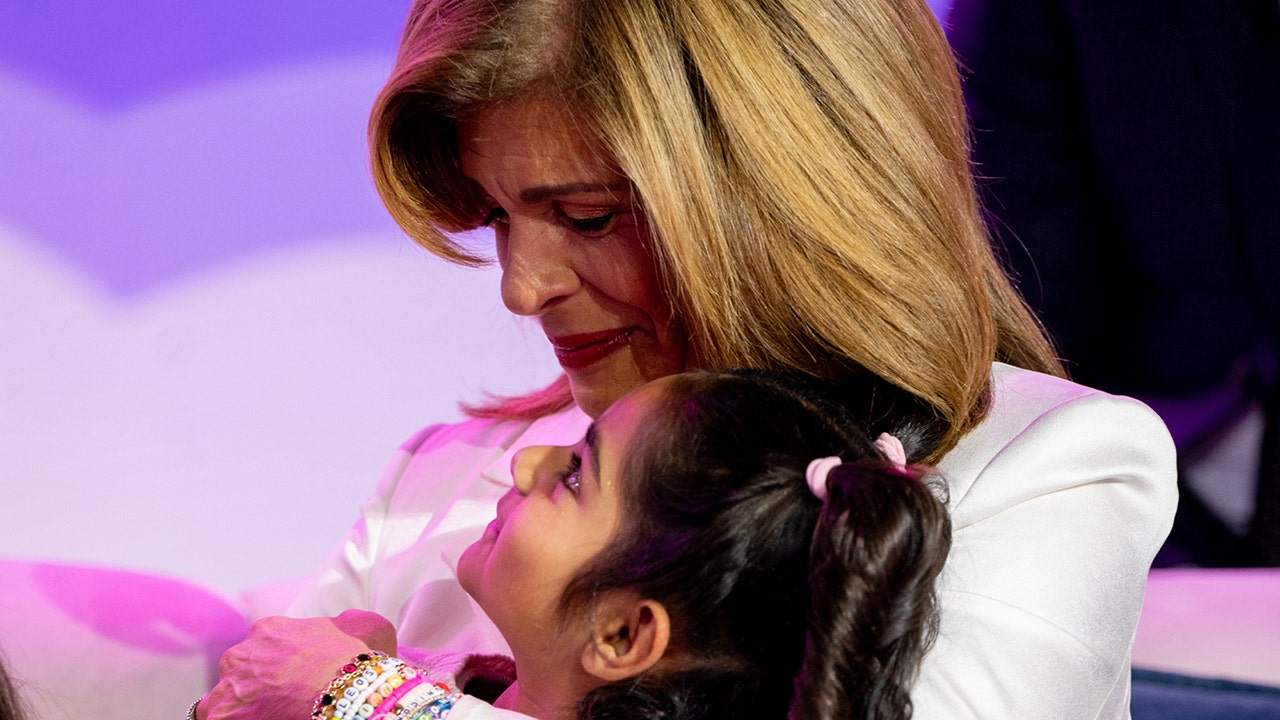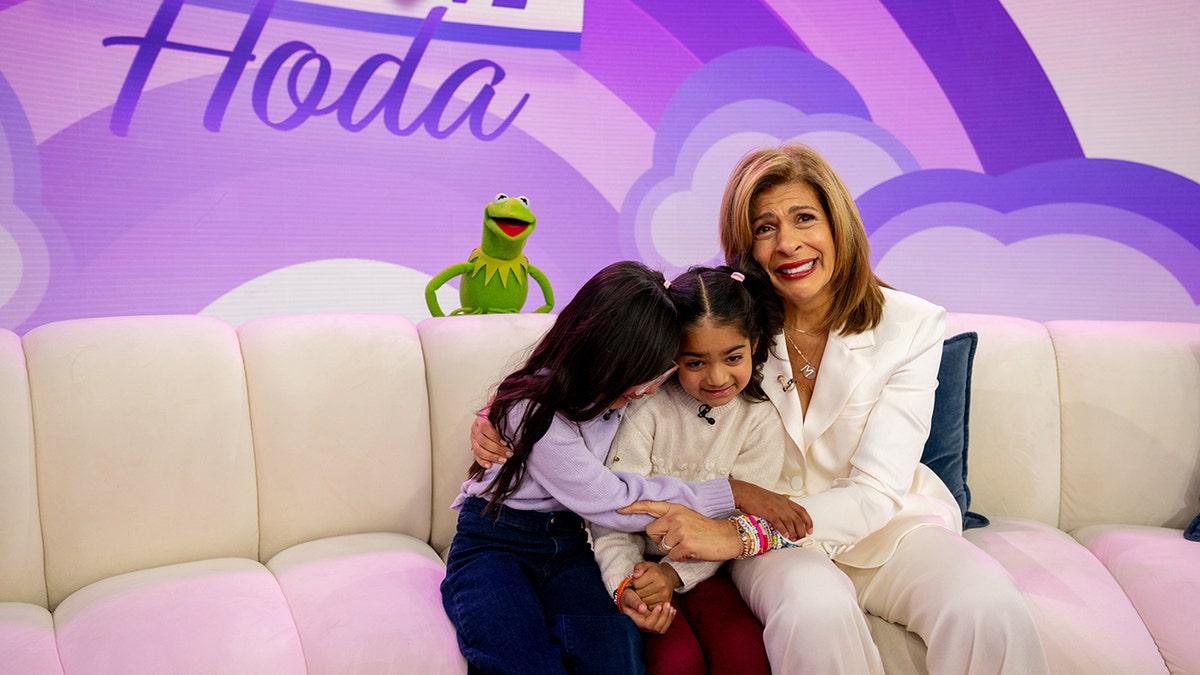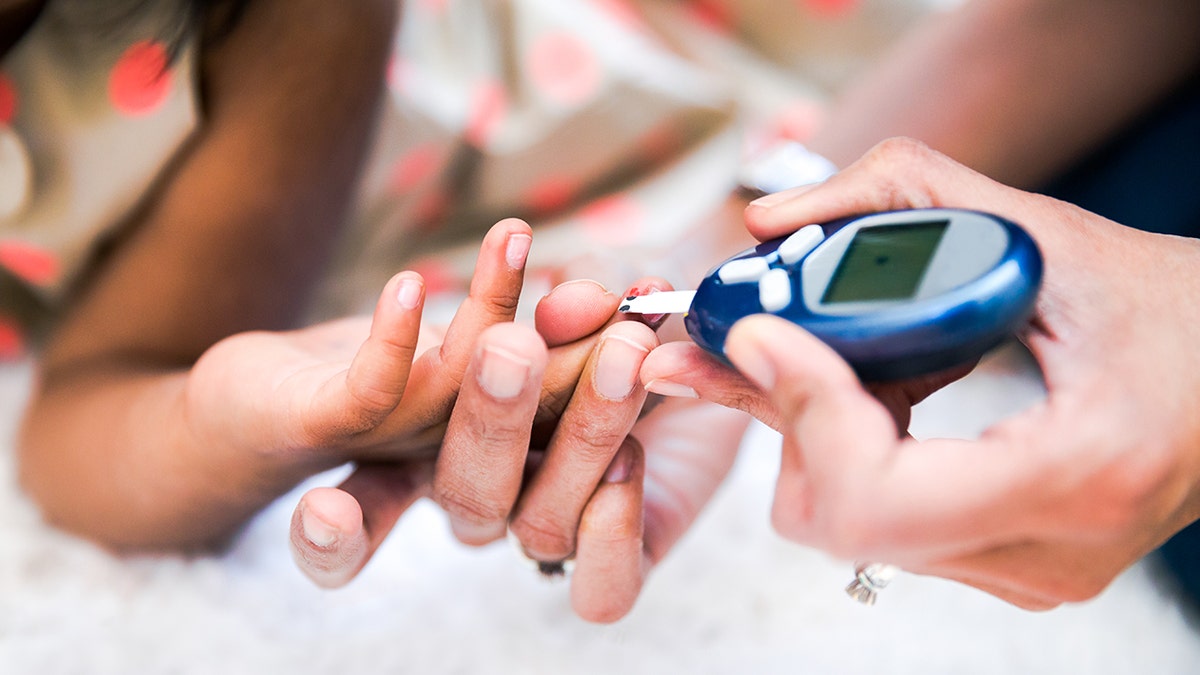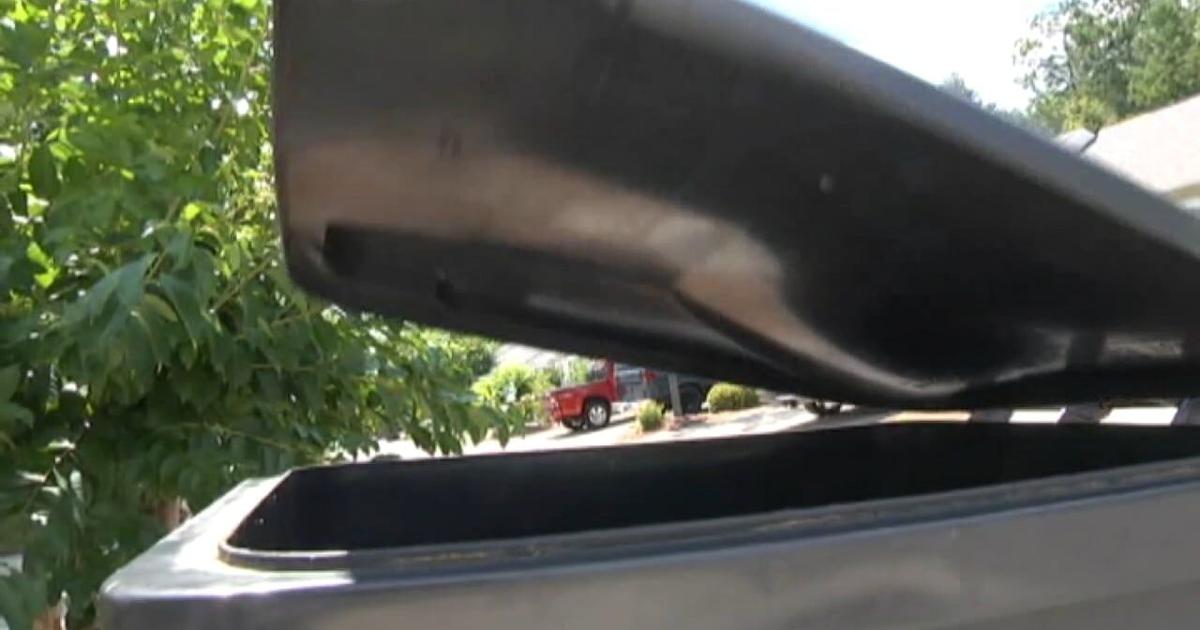Health
How to Protect Yourself From Wildfire Smoke if You’re at High Risk of Health Effects

As wildfire smoke blankets large swaths of the eastern United States, many people are experiencing physical symptoms, like prickling, stinging eyes; a scratchy throat; a runny nose; and some coughing. For those without underlying conditions, this will largely be a passing source of irritation. “You’ll be miserable a little bit, but you’ll be able to brush it off,” said Dr. Panagis Galiatsatos, a pulmonary and critical care medicine physician at Johns Hopkins Medicine.
But for those who are most vulnerable, even brief exposures can have immediate ramifications, as exposure to toxins in the smoke can trigger inflammation and exacerbate existing health issues. This group includes children and adults with respiratory or cardiovascular conditions. “For vulnerable populations, the brevity of exposure may be enough to flare up underlying lung issues, or conditions overall,” Dr. Galiatsatos said. Babies, young children, older adults and pregnant women are also at higher risk of serious health effects.
Everyone may want to take precautions, but doing so is particularly critical if you are vulnerable. Here’s what health experts advise to minimize your risk:
Monitor air quality.
“Don’t let your eyes be the sole deciding factor” to determine the air quality, Dr. Galiatsatos said. Monitor the local Air Quality Index, which can be found at AirNow.gov.
If the air quality is poor, stay inside as much as you can, said Dr. Samantha Green, a family physician at Unity Health Toronto. If the air quality is moderate and you have underlying conditions, you may want to continue to take precautions and minimize your time outside. Air Quality Index values above 100 mean that the air is unhealthy, and values between 51 and 100 are considered moderate.
“These toxins — if you can avoid them, avoid them,” Dr. Galiatsatos said. “Staying at home, windows closed, that would be the most ideal situation.”
Take precautions if you need to go outside.
Don’t exercise or perform strenuous activity outdoors, said Laura Corlin, an assistant professor at Tufts University School of Medicine. If you need to go outside, wear a tightfitting mask, like an N95. When you return home, change your clothes, Dr. Galiatsatos said.
The Centers for Disease Control and Prevention notes that dust masks, surgical masks and bandannas are not sufficient to protect children from smoke, and that N95 masks are typically not fitted for kids and may not provide adequate coverage. (Another well-fitting mask, like a KF94, can help.) The agency also said that breathing through a wet cloth would most likely not protect children from smoke.
Make your indoor space as safe as possible.
Experts advised keeping your windows closed. An air purifier like a HEPA filter can help, especially if it is in the room you spend the most time in. Dr. Corlin recommended minimizing activities that could interfere with indoor air quality: Don’t burn candles or use a fireplace, and don’t fry or broil meat.
Limit time with large groups.
Our immune systems work less effectively after we’ve been exposed to high levels of fine particulate matter in the air, said Dr. Francesca Dominici, a professor of biostatistics, population and data science at the Harvard T.H. Chan School of Public Health. If you are immunocompromised, you may want to limit unmasked indoor time with large groups of people, since you may be less able to fight off a virus someone passes to you.
Monitor your health.
Exposure to toxic air pollutants can raise the risk of heart attacks. If you are experiencing chest pain or shortness of breath, seek emergency attention.
For people with underlying respiratory conditions, like asthma or chronic bronchitis, watch out for exacerbated symptoms, like difficulty breathing or more intense coughing, Dr. Dominici said. If you are experiencing heightened symptoms, contact your doctor, who might suggest increasing medication.
Watch babies and young children to make sure that they are not struggling to breathe or excessively coughing, Dr. Dominici said. Parents may want to contact their children’s doctor if a child has asthma to see if they should alter their medication.

Health
Kristen Lost 55 Lbs With Zepbound After Breast Cancer

Use left and right arrow keys to navigate between menu items.
Use escape to exit the menu.
Sign Up
Create a free account to access exclusive content, play games, solve puzzles, test your pop-culture knowledge and receive special offers.
Already have an account? Login
Health
Hoda Kotb reveals daughter's concerning diagnosis influenced her exit from 'Today'

Hoda Kotb, longtime host of NBC’s “The Today Show,” is speaking out about the deeper reasons she decided to leave her post.
Kotb returned as a guest on Wednesday for the first time since her departure from “Today” in January.
During the appearance, she revealed that her younger daughter, Hope, 6, was diagnosed with type 1 diabetes.
WEIGHT LOSS, DIABETES DRUGS CAN CAUSE MOOD CHANGES: WHAT TO KNOW ABOUT BEHAVIORAL SIDE EFFECTS
Kotb, 60, noted that spending more time with both her daughters, including Haley, 8, was one of her motivations for leaving.
She told TODAY.com that Hope’s condition “definitely weighed in.”
Hoda Kotb is pictured with her daughter, Hope Catherine, on Jan. 10, 2025. (Nathan Congleton/NBC via Getty Images)
“As anyone with a child who has type 1, especially a little kid, you’re constantly watching, you’re constantly monitoring, you’re constantly checking, which is what I did all the time when I was [at ‘Today’],” she said. “You’re distracted.”
“You’re constantly watching, you’re constantly monitoring, you’re constantly checking.”
“You just get a priority check in your life,” Kotb expressed to co-anchors Savannah Guthrie and Craig Melvin during the segment. “I can be here and sweating what’s happening to Hope in the morning and in the night, or I can be there and feel relief.”
Kotb stressed that she tries not to “put her worry” on Hope, adding that her daughter is “fine for most of the day.”
DIABETES ‘REWIRES’ THE BRAIN IN SURPRISING WAY, STUDY FINDS
“There are just moments where you have to watch her,” Kotb said. “I was totaling it up — five minutes at breakfast, five minutes at lunch, five minutes at dinner, sometimes overnight.”
“Add that up, that’s a half-hour. So, for 23 ½ hours, she’s every other kid. So, I try to remember that.”

Hoda Kotb is pictured with daughters Hope and Haley Joy on her last day at “The Today Show” on Jan. 10, 2025. (Nathan Congleton/NBC via Getty Images)
The Cleveland Clinic defines type 1 diabetes as a chronic autoimmune disease that prevents the pancreas from producing insulin.
This requires daily management with insulin injections and blood sugar monitoring.
CLICK HERE TO SIGN UP FOR OUR HEALTH NEWSLETTER
Type 1 vs. type 2 diabetes
Type 1 diabetes occurs when the immune system “mistakenly attacks and destroys cells” in the pancreas, which can happen over months or years, the above source stated.
Symptoms of type 1 diabetes can include excessive thirst and hunger, frequent urination, unexplained weight loss, fatigue, blurred vision and slow healing of cuts and sores.

Type 1 diabetes requires daily management with insulin injections and blood sugar monitoring. (iStock)
In comparison, type 2 diabetes involves insulin resistance. This can cause the pancreas to not produce enough insulin and the body to not use the insulin as it should.
For more Health articles, visit www.foxnews.com/health
Obesity and lack of exercise, among other lifestyle and genetic factors, can contribute to the development of type 2 diabetes, according to experts.
Type 2 diabetes is more common than type 1 and is more likely to occur in older adults, while type 1 is most prevalent in children and young adults.

Hoda Kotb is pictured on “The Today Show” on Monday, Jan. 6, 2025. (Nathan Congleton/NBC via Getty Images)
Kotb shared with TODAY.com that Hope’s early symptoms mimicked the flu and were so severe that she had to be “raced” to the hospital.
“Let them be kids and give them what they need when they need it.”
Now that Kotb knows how to handle Hope’s condition, she’s offering her space to be a regular kid, she said.
“Don’t put your worry on your kid,” she advised fellow parents.
“Watch them, but don’t put your worry on them. Let them be kids and give them what they need when they need it.”
Health
I Lost Over 100 Lbs and Reversed Prediabetes—Without Surgery or Ozempic!

Use left and right arrow keys to navigate between menu items.
Use escape to exit the menu.
Sign Up
Create a free account to access exclusive content, play games, solve puzzles, test your pop-culture knowledge and receive special offers.
Already have an account? Login
-

 News1 week ago
News1 week agoMaps: 3.8-Magnitude Earthquake Strikes Southern California
-

 Culture1 week ago
Culture1 week agoDo You Know the English Novels That Inspired These Movies and TV Shows?
-

 Education1 week ago
Education1 week agoVideo: Columbia University President Is Booed at Commencement Ceremony
-

 Politics1 week ago
Politics1 week agoTrump, alongside first lady, to sign bill criminalizing revenge porn and AI deepfakes
-

 Education1 week ago
Education1 week agoHow Usher Writes a Commencement Speech
-

 Politics1 week ago
Politics1 week agoExpert reveals how companies are rebranding 'toxic' DEI policies to skirt Trump-era bans: 'New wrapper'
-

 World1 week ago
World1 week agoDigitisation fronts new Commission strategy to boost EU single market
-

 World1 week ago
World1 week agoEU reaches initial deal to lift economic sanctions on Syria: Reports















